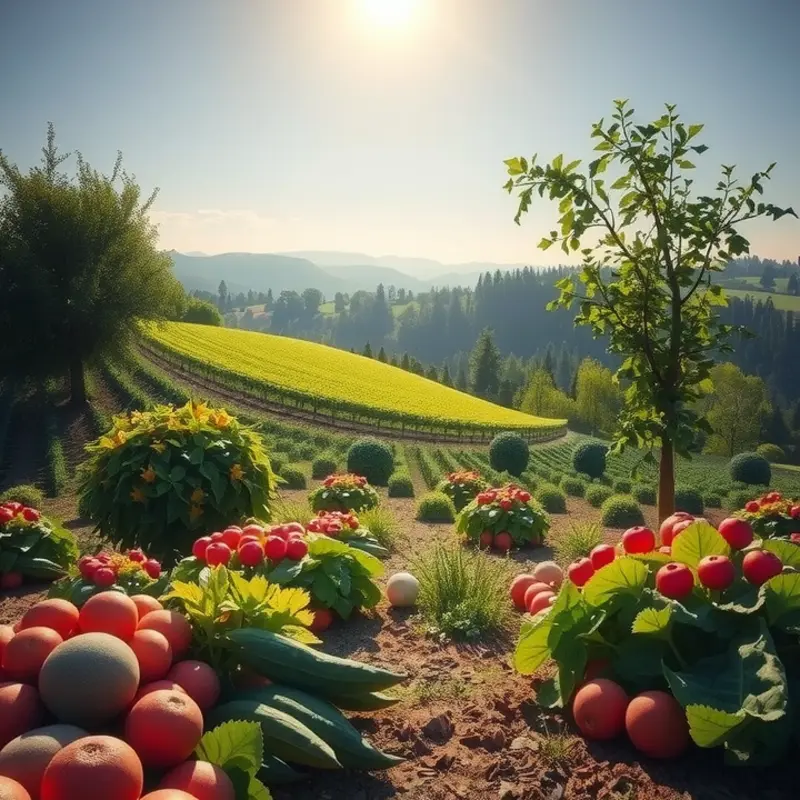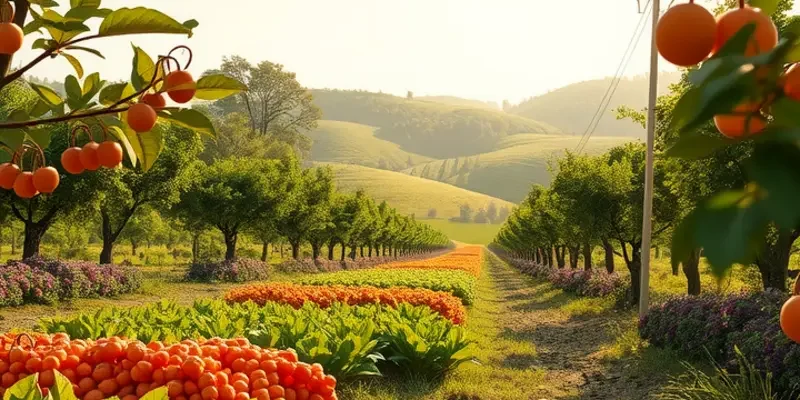Sautéing is a fundamental cooking technique that brings out the best in ingredients. With just a pan, a heat source, and fresh produce, you can create delicious meals quickly. Whether you’re a beginner or a seasoned home cook, mastering sautéing can elevate your culinary repertoire. This guide will provide practical tips and techniques to make sautéing simple and enjoyable, focusing on perfecting flavors and textures in your dishes.
Choosing the Right Ingredients and Tools

To master the art of sautéing, choosing the right ingredients and tools is essential. The first step is selecting fresh produce. Look for vegetables that are vibrant in color and firm to the touch. For example, bell peppers should be glossy and plump, while carrots should be crisp and free from blemishes.
When it comes to proteins, go for cuts that are tender and not too thick. Chicken breasts, thinly sliced beef, or shrimp are excellent choices. These cuts cook evenly when sautéed. If possible, purchase proteins from a source known for freshness. This ensures that your dish will have the best possible texture and flavor.
Properly preparing your ingredients is just as crucial as selecting them. Cutting techniques vary depending on what you’re cooking. For uniform cooking, aim to cut vegetables and proteins into even pieces. Julienne cuts work well for vegetables like carrots, as they create thin, even strips that cook quickly. Cubes are ideal for chicken. Preparing ingredients in advance, also known as mise en place, helps manage your cooking sequence efficiently.
Understanding which cookware to use can greatly affect your results. A heavy-bottomed pan is a must for maintaining even heat distribution. Stainless steel and cast iron pans are excellent choices for sautéing as they hold and distribute heat effectively. Non-stick pans are convenient and reduce the need for excessive oil, but be careful not to heat them too high.
Oil selection is another key factor. Choose oils with a high smoke point, like vegetable or avocado oil, to prevent burning. These oils also contribute a neutral flavor that won’t overpower the dish. Butter can be used to enhance flavor, but consider combining it with a splash of oil to prevent burning.
Finally, planning your cooking sequence ensures everything comes together seamlessly. Begin with ingredients that take longer to cook, such as onions or carrots. Add proteins next and finish with quick-cooking items like leafy greens or herbs. This layered approach enhances the dish’s complexity and ensures all elements are perfectly cooked.
For inspiration on what you can achieve with these techniques, you might want to explore this creamy garlic butter chicken recipe. It showcases the power of sautéing with perfectly tender chicken and rich flavors. By understanding your ingredients and mastering preparation and cooking techniques, you can elevate your sautéing skills and create delightful dishes every time.
Mastering the Sautéing Technique

With your mise en place and tools organized, it’s time to dive into the art of sautéing. This technique is more than simply frying your ingredients; it’s about achieving that perfect balance of heat, timing, and movement to bring out flavors without sacrificing texture.
Temperature Control
Temperature is pivotal in sautéing. Start by preheating your pan over medium-high heat. You know it’s ready when a drop of water dances across the surface. Add the oil of your choice—olive oil lends a Mediterranean flair, while vegetable oil provides a neutral base. Once the oil shimmers, it’s prime time for your ingredients to hit the pan.
For vegetables, ensure they’re similar in size for even cooking. Carrots and onions, when sautéed together, should be cut into bite-sized pieces. Proteins like chicken or shrimp need to be patted dry and cut uniformly to sear rather than steam. Timing is key; start with aromatics such as garlic or onion to lay a flavor foundation.
The Importance of Timing
The core of the technique lies in timing. Add denser vegetables like carrots first, followed by softer ones like zucchini. If you’re incorporating both vegetables and proteins, consider pre-cooking the proteins slightly to speed up the process. Proper sequencing ensures that everything is uniformly cooked with no overdone or undercooked surprises.
For proteins, aim for an initial sear over high heat. Allow a crust to form before flipping—a touch of patience here pays dividends in flavor. Afterward, lower the heat slightly to ensure the protein cooks through without burning.
Stirring Techniques
Consistent stirring ensures even cooking and prevents sticking. For vegetables, a gentle toss using a spatula distributes heat and integrates flavors. Proteins, once seared, require less movement; let them rest to develop a browned exterior before a final mix to incorporate juices evenly.
Troubleshooting Tips
If your vegetables are releasing too much liquid, causing steam rather than sauté, increase the heat briefly until the liquid evaporates. For proteins sticking to the pan, patience is your ally; allow them to release naturally as they reach proper doneness. If your dish turns out too glossy with oil, a simple remedy is to drain excess fat onto a paper towel.
Ensure your technique keeps evolving with practice. Engage with recipes that consolidate your skills, like this Mediterranean Chickpea Salad, which uses sautéed vegetables as its core.
Mastering sautéing transforms ordinary meals into culinary delights. With these precise steps and a keen sense of timing, your dishes will not only please but impress.
Final words
Sautéing is an accessible and rewarding cooking method that empowers home cooks to enhance the flavors and textures of their dishes. By focusing on quality ingredients and mastering the technique, anyone can create delicious, nutritious meals with ease. Whether you incorporate fresh vegetables, proteins, or grains, remember that practice is key. As you experiment with different ingredients and flavors, your confidence in the kitchen will grow. Soon enough, you’ll be sautéing like a pro, ready to impress your family and friends with every meal.







